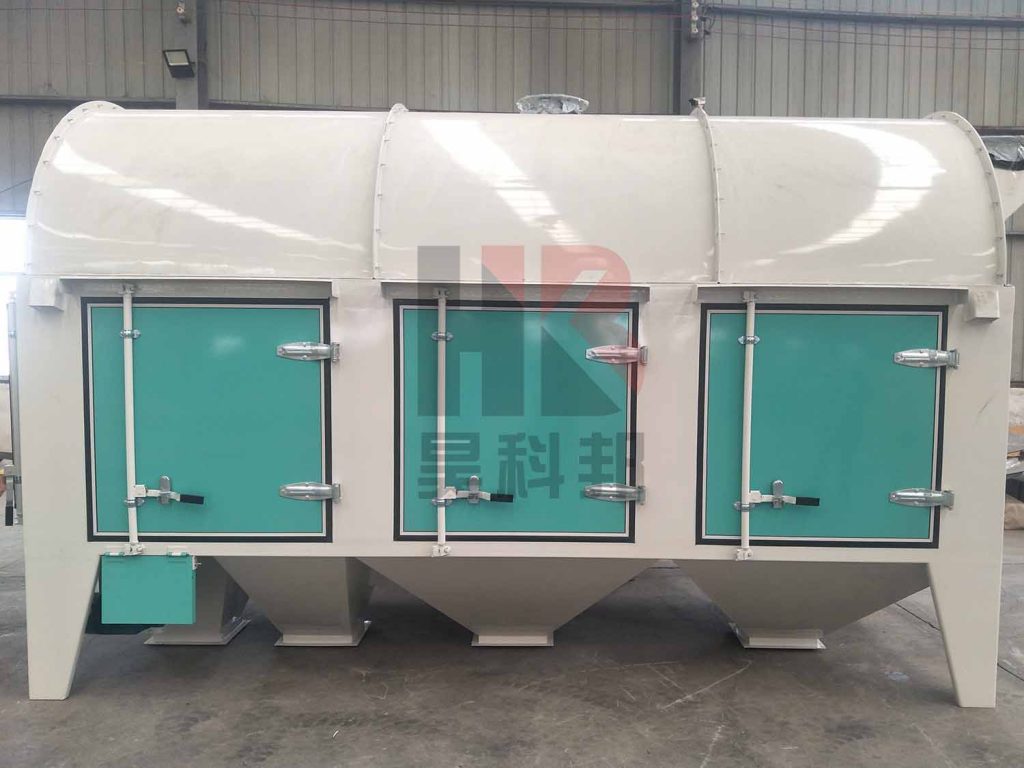Choosing the right cylinder initial cleaning screen is crucial for improving screening efficiency and ensuring grain quality. This article will provide a detailed selection guide for cylinder initial cleaning screens.

Different grains like wheat, corn, and soybeans have varying particle sizes and shapes, and contain different types of impurities. When selecting, consider these factors to ensure the equipment can effectively remove impurities while preserving grain integrity.
For wheat, which may contain more stones and soil, choose a screen with strong screening capability and larger screen area. For soybeans, which are smaller and lighter, select a device with lower speed and moderate screen hole size.
These screens often come with advanced control systems for remote monitoring and automated operation, enhancing production efficiency. For example, large screens with capacities of tens of tons per hour can meet large-scale production needs, reducing labor and operational costs.
For small and medium grain collection points or small grain silos, choose a smaller screen with moderate capacity. These screens meet daily production needs while reducing equipment investment costs.
During selection, also consider performance indicators such as the flexibility of screen hole size, adjustable range of cylinder speed, and the stability and durability of the equipment. These indicators directly affect screening effectiveness and equipment lifespan.
Maintenance costs and convenience are also important factors in selection. High-quality screens are designed for easy maintenance, making cleaning, inspection, and replacement of wear parts more convenient.